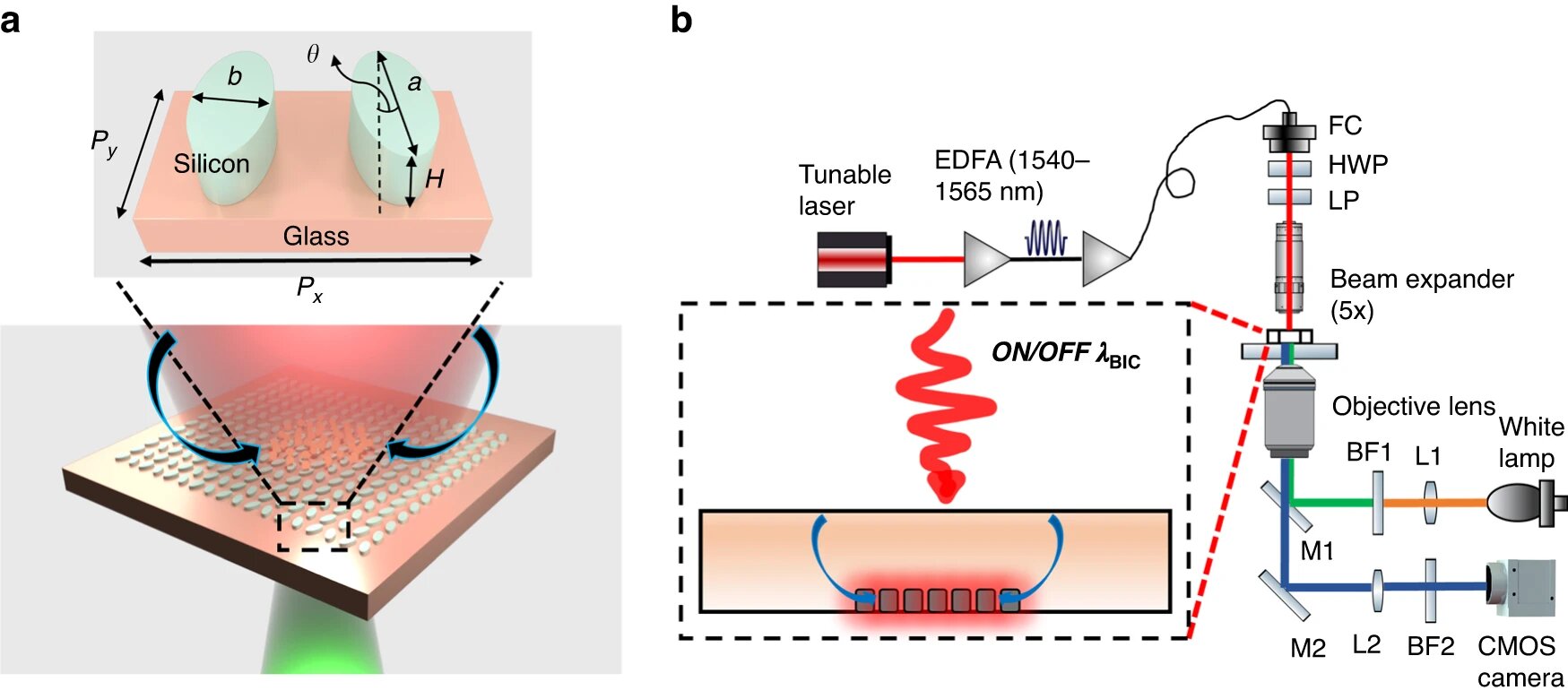A state-of-the-art technique developed by two brilliant Vanderbilt researchers holds immense potential in revolutionizing the field of disease detection, particularly in the case of illnesses like cancer.
The innovative work carried out by Justus Ndukaife, an assistant professor of electrical engineering, and Sen Yang, a recent Ph.D. graduate, showcases how a specially engineered nanostructured surface known as the quasi-BIC dielectric metasurface can efficiently trap micro and sub-micron particles within seconds. This unique capability aids in the transportation of analytes to biosensing surfaces, allowing for improved detection of diseases. Additionally, the metasurface can function as a sensor to identify aggregated particles or molecules and is highly effective in enhancing fluorescence or Raman signals from these molecules, thereby significantly boosting detection sensitivity.
Ndukaife, who leads the Laboratory for Innovation in Optofluidics and Nanophotonics (LION) at Vanderbilt, highlights the potential applications of this technology, stating, “Such a capability could be utilized to detect cancer-associated vesicles after aggregating the vesicles for longitudinal patient treatment monitoring and early detection.” He further emphasizes the significance of their work, claiming that it is the first experimental demonstration of using quasi-BIC to manipulate fluid flow and suspended particles.
More information: Sen Yang et al, Optofluidic transport and assembly of nanoparticles using an all-dielectric quasi-BIC metasurface, Light: Science & Applications (2023). DOI: 10.1038/s41377-023-01212-4
Citation: Light enhancement in nanoscale structures could aid cancer detection (2023, July 28) retrieved 29 July 2023 from https://phys.org/news/2023-07-nanoscale-aid-cancer.html
This document is subject to copyright. Apart from any fair dealing for the purpose of private study or research, no part may be reproduced without the written permission. The content is provided for information purposes only.
Follow Google News
Denial of responsibility! TechCodex is an automatic aggregator of the all world’s media. In each content, the hyperlink to the primary source is specified. All trademarks belong to their rightful owners, and all materials to their authors. For any complaint, please reach us at – [email protected]. We will take necessary action within 24 hours.

Jessica Irvine is a tech enthusiast specializing in gadgets. From smart home devices to cutting-edge electronics, Jessica explores the world of consumer tech, offering readers comprehensive reviews, hands-on experiences, and expert insights into the coolest and most innovative gadgets on the market.
Denial of responsibility! TechCodex is an automatic aggregator of Global media. In each content, the hyperlink to the primary source is specified. All trademarks belong to their rightful owners, and all materials to their authors. For any complaint, please reach us at – [email protected]. We will take necessary action within 24 hours.


